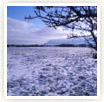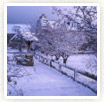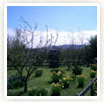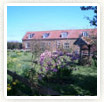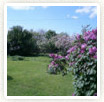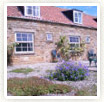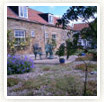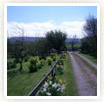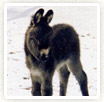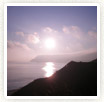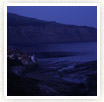History
Farsyde House is so named because of its connection with the Farsyde family, of Farsyde Castle, near Edinburgh. The family first recorded in the 12th Century, lived at the castle until it was burned down during the Battle of Pinkie, on the banks of the River Esk, to the east of Edinburgh, on September 10, 1547. This was the last battle between Scotland and England as separate nations and in it the English army led by the Duke of Somerset outed a large but indisciplined one under the Earl of Arran, Governor of Scotland. The Farsydes moved to Yorkshire not long afterwards.
John Farsyde was bow-bearer to King James in the Forest of Pickering. He was also connected with Scarborough Castle . In 1670 Farsyde House was extended for his son, William, and William’s wife, Ursula. Their initials, together with John’s and the Farsyde coat of arms are carved in stone over the present doorway.
Farsyde House is a Grade 11*listed building , having many interesting and historic features, including an oriel window and a staircase which came from the chapel at Bilton Hall, near York, one of the many grand houses which were acquired by marriage. Another was situated where the Raven Hall Hotel now stands at Ravenscar, and where George 111 went for remedial therapy. The nearest of these is Thorpe Hall, just half a mile away, which still has the Farsyde portraits over the fireplace. The last Farsyde bearing the name lived at Thorpe Hall and died in 1928.
The huge barn which was converted in 1982 to the Farsyde Mews Cottages contained suits of armour less than 150 years ago. Victor and Angela Green, the present owners, bought the farm in 1972. Coming from the Harrogate area, they brought with them their stallion, Arden Gemini, with his two New Forest mares and young stock. Not quite enough to populate a70-acre holding! With the help of their five young children, Farsyde was developed as a stock farm based on Hereford cattle. Thoroughbred, Arab and Shire stallions and brood mares were introduced to produce riding and competition horses.
The four sons duly left home to follow their own careers. One of them, Richard, rode in races as an amateur for some years, competing for a while on our stallion, Presage, in the brown and pink Farsyde colours. Heidi, our daughter, stayed at home to help with the training of the horses for sale and later entering some with considerable success in dressage competitions. This she continues to do, having reached top hat and tails standard. We are always gratified to hear of our home-bred horses having done well competitively in their new homes.
For some time now Heidi has also been responsible for much of the holiday-cottage business. Mistal Cottage and the pool were completed in 1998 and a major renovation of Farsyde House was completed in 2010.
Angela found to her surprise that a great-uncle had lived in nearby Fylingthorpe in earlier times and had donated the first Bay lifeboat, the “Ephraim and Hannah Fox”, named after his parents. Among earlier ancestors were brothers John and Willliam Wales, the latter a noted mathematician who sailed with Captain Cook as his astronomer on the Resolution’s second voyage of discovery at the then magnificent fee of £400 per year. His task was to observe longitudes and latitudes from the stars and compare them with those of the so-called sea clock at Greenwich and, thereby, to establish the Resolution’s position. He recorded his work in great detail in a volume exhibited in the Captain Cook Museum at Whitby.
Described in present-day histories as “a true man of genius,” Wales was a close friend of Captain Cook and was nominated by him to become a Fellow of the Royal Society. It I now widely-accepted that Samuel Taylor Coleridge’s epic poem, “The Ancient Mariner” was inspired by accounts of the second voyage, related to him by Wales when he was tutor to Coleridge. The name Wales has passed down the generations to our eldest grandson, Christopher. No wonder when moving to Robin Hood’s Bay Angela felt she was coming home.
Farsyde Through the Seasons
SPRING brings the gardens bright... SUMMER sees families taking the short walk from the cottages... AUTUMN brings an abundance of apples in the gardens... WINTER brings animals into the stables and barns...
Make a booking
If you are enquiring about one of our cottages or any short break options then please phone us 01947 880249 or alternatively email us on [email protected]

